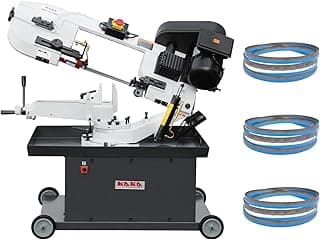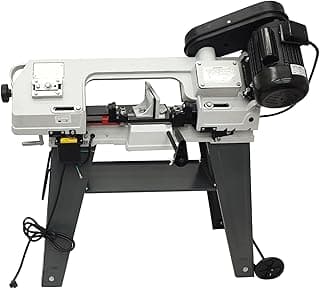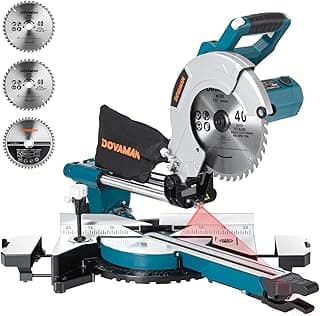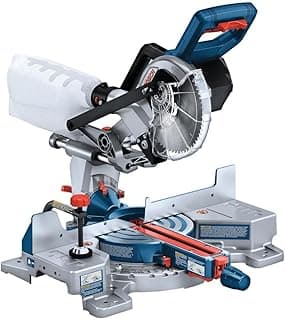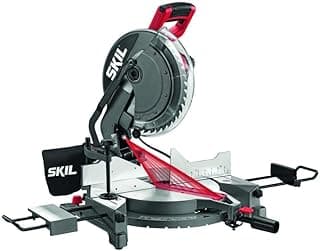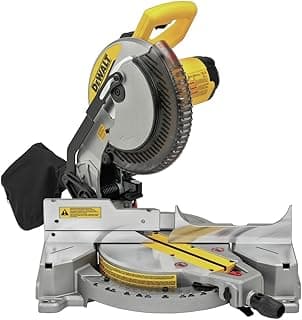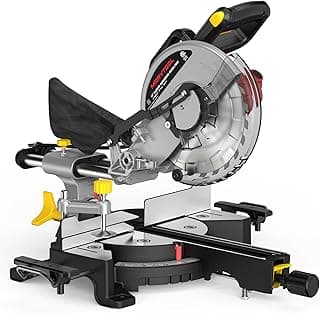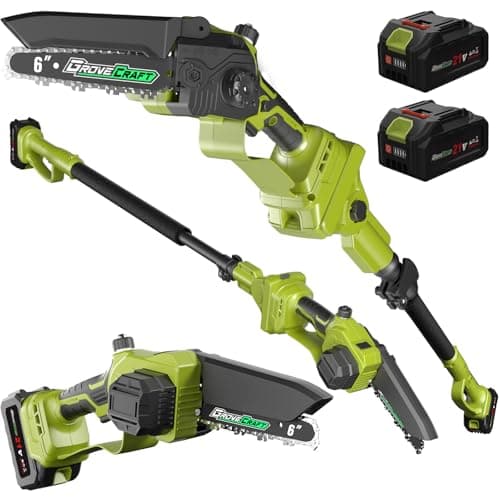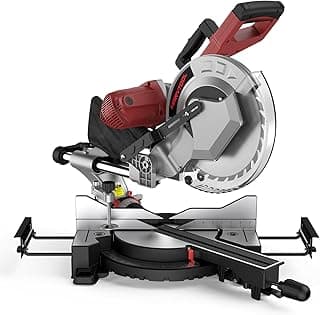If you’re serious about metalworking, choosing the best horizontal band saw for metal cutting can transform your workflow. Imagine slicing through steel or aluminum effortlessly, saving both time and material. But here’s the catch: not all band saws are created equal. Some struggle with precision, while others burn through blades too quickly. That’s why we’re diving deep into the top-performing models. Along the way, we’ll also touch on how they compare with the best vertical band saw for metal cutting, discuss complementary tools like the best metal cutting sawzall blades, and highlight situations where a best metal cutting saw might serve you better. Stick with me, because your next metal cutting project deserves nothing less than perfection.
Top Picks
Best Precision: Baileigh 6.69" Variable-Speed Mitering Horizontal Bandsaw
The Baileigh BS-210M 6.69" horizontal bandsaw is designed for precise metal cutting with versatility and durability. Its standout feature is the infinitely variable blade speed from 66 to 280 fpm, controlled by an inverter, allowing users to optimize cutting quality while extending blade life. The swivel head offers mitering up to 60 degrees without reducing vise holding power, making angled cuts easy and reliable. Adjustable blade guides with sealed ball bearings maintain alignment close to the material, enhancing accuracy. The fully-welded steel frame stabilizes the saw for maximum capacity cuts, and the hydraulic descent lets operators control the cutting pressure for consistent results.
From a user perspective, buyers appreciate the combination of precision and ease of use. The variable speed and mitering capability reduce setup time for different cuts, while the automatic blade stop adds safety and efficiency. The main limitation is its 110V single-phase power requirement, which may restrict use in some workshops, but overall it delivers strong performance for professional metal cutting tasks.
Best Versatility: JET 7" x 12" Deluxe Horizontal/Vertical Bandsaw
The Jet 9" x 12" horizontal/vertical bandsaw is built for flexibility and efficiency in metal cutting. Its expansive infeed table supports larger workpieces and can be positioned horizontally or vertically to suit different applications. The toolless quick-lock vise with preset mitering positions at 15, 30, and 45 degrees makes angled cuts straightforward, while the flanged cast iron blade wheels add durability and smooth operation. A built-in coolant system helps maintain blade life and cutting efficiency, particularly during prolonged use. The stand is improved in height and width, offering integrated storage and a chip tray, and four 8-inch rubber wheels provide mobility despite the machine’s weight.
Customers highlight the ease of handling large pieces and the convenience of preset mitering for repetitive angled cuts. The coolant system and robust construction make it reliable for heavy-duty use. The main drawback is its substantial weight, which can make repositioning difficult, but overall, it combines durability, precision, and versatility effectively for professional workshops.
Best Flexibility: KAKA INDUSTRIAL Metal Horizontal Band Saw
The KAKA Industrial bandsaw combines versatility and precision for demanding metal cutting tasks. Its dual-voltage motor allows easy switching between 115V and 230V, reducing heat and electrical wear, while the four-speed V-belt drive provides optimized cutting rates for stainless steel, aluminum, and carbon steel. The saw accommodates 7" round and 7x8.25" rectangular stock, with 45° to 90° swivel capability for beveling and welding prep. Automatic shutoff and an integrated coolant system protect the blade and reduce energy waste, while adjustable alloy bearing guides ensure minimal drift for burr-free cuts. The heavy-duty mobile base with casters supports 450 lbs, allowing the saw to be repositioned in the workshop despite its weight.
Customers value the saw’s dual cutting modes and angled presets, which streamline both horizontal and vertical operations and improve workflow efficiency. The multi-speed and dual-voltage options make it suitable for a variety of metals and thicknesses. The primary limitation is the weight of the base, which can make movement cumbersome, but overall, the machine delivers a combination of precision, durability, and operational flexibility that appeals to professional users.
FAQs
What is the best bandsaw blade for cutting metal?
Choosing the right blade is crucial for getting clean, precise cuts in metal. For horizontal band saws, blades made of high-speed steel (HSS) or bi-metal construction are often the most reliable. HSS blades maintain sharpness at high temperatures and resist wear when cutting harder metals like stainless steel. Bi-metal blades combine flexibility with durability, reducing the risk of tooth breakage. Tooth count also matters: fewer teeth per inch (TPI) work best for thicker stock, while higher TPI ensures smooth cuts on thinner metal. Using the correct blade not only improves accuracy but also extends the lifespan of both the blade and the saw.
What type of cut are horizontal band saws best for?
Horizontal band saws excel at straight, precise cuts on long metal bars, pipes, and structural shapes. Their horizontal orientation allows the blade to cut downward in a controlled, steady motion, making them ideal for repetitive cuts in a workshop environment. While they can handle some angled cuts with adjustable vise setups, their true strength lies in volume and accuracy. They are less suited for intricate curves or delicate shapes, where a vertical band saw or other specialized tools might outperform them.
Is a bandsaw good for cutting metal?
Yes, a bandsaw is an excellent choice for cutting metal when used properly. Unlike abrasive cutoff saws, bandsaws provide smooth edges, minimal heat distortion, and lower material wastage. They work well on various metals, including aluminum, mild steel, and stainless steel. Horizontal band saws, in particular, offer stability and precision for thicker stock. However, optimal performance requires selecting the right blade type, feed rate, and cutting speed. Using cutting fluid or coolant is also recommended to reduce friction and extend blade life.
What kind of saw is best for cutting metal?
The ideal saw depends on the type of metal, cut shape, and production volume. Horizontal band saws are best for straight cuts on bars, pipes, and structural shapes. Vertical band saws offer more versatility for curved or irregular cuts. Reciprocating saws with metal cutting sawzall blades are handy for demolition or on-site cutting, while abrasive cutoff saws are suitable for high-speed cuts on thick metal stock. Ultimately, a combination of these tools—aligned with the material and precision required—ensures efficiency, accuracy, and safety in metalworking projects.
Final Thoughts
Selecting the best horizontal band saw for metal cutting comes down to understanding your material needs, production volume, and precision requirements. With the right saw and blade, you can achieve clean, efficient cuts while minimizing waste and downtime. While horizontal band saws excel at straight, high-volume cuts, understanding their role alongside tools like the best vertical band saw for metal cutting, best metal cutting sawzall blades, and best metal cutting saws ensures you’re fully equipped for any metalworking challenge. Make your choice wisely, and your projects will benefit from speed, accuracy, and lasting reliability.








